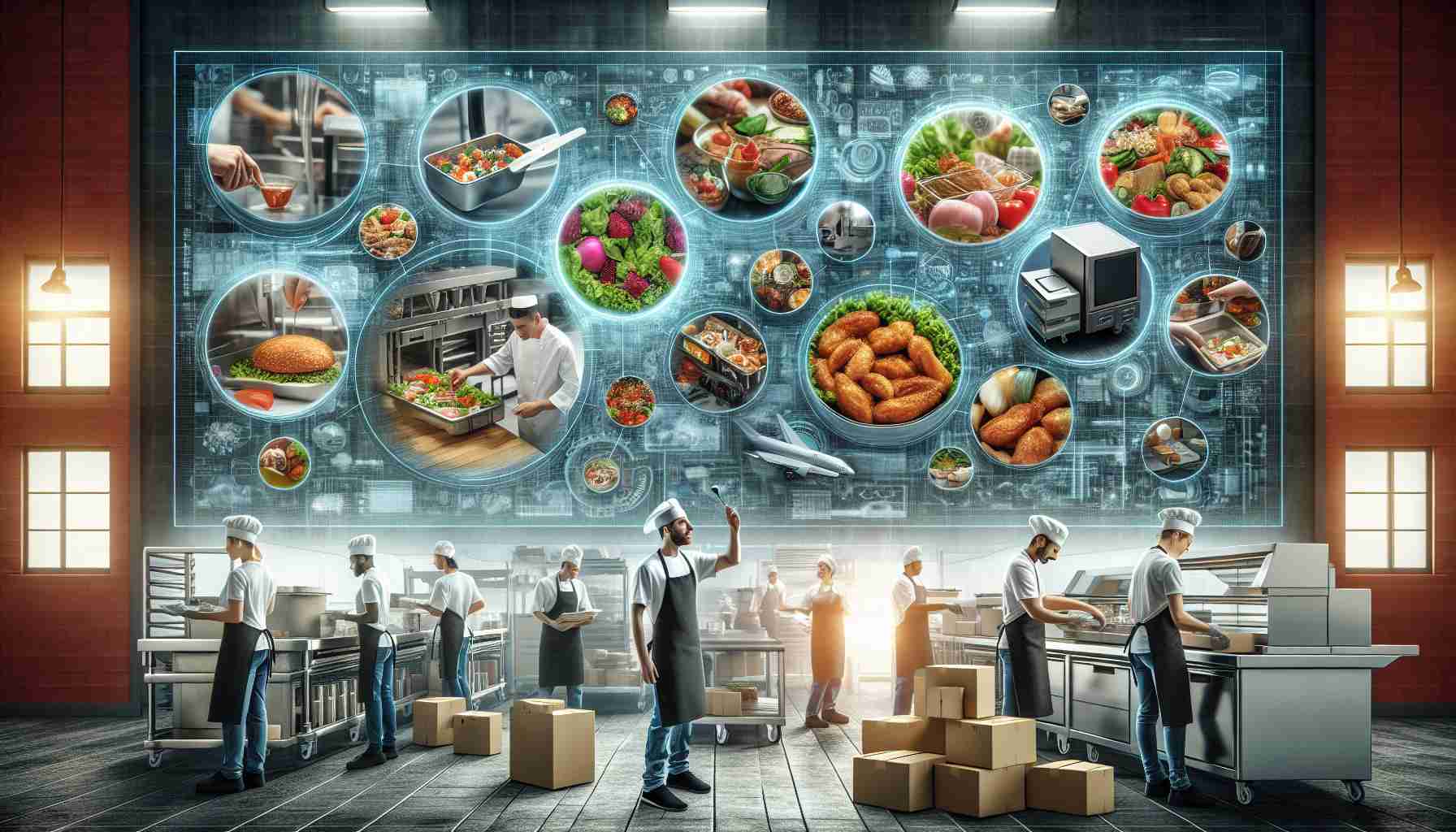A Novel Approach to Food Safety
A recent incident has struck a blow to a major fast-food chain, highlighting the importance of stringent food safety practices in the industry. Following an outbreak tied to their popular menu item, the company’s stock experienced a significant drop in premarket trading. This event has spurred a newfound emphasis on food safety practices and innovations in the restaurant sector.
Turning Crisis into Opportunity
In response to the food safety alert issued by the US Centers for Disease Control and Prevention, the restaurant chain swiftly took action to address the issue and prevent further spread of contamination. Learning from past industry examples, where outbreaks led to substantial losses, the company adopted a proactive approach to safeguarding customer well-being.
Redefining Standards
In an era where consumers prioritize transparency and quality, food safety innovations are reshaping the restaurant landscape. By implementing rigorous training programs and stringent safety protocols, companies aim to restore consumer trust and uphold their commitment to serving safe meals. This transformative shift underscores the evolving nature of the industry.
Embracing Change
As the investigation unfolds and corrective measures are enacted, investors and consumers alike are closely monitoring developments. The company’s dedication to prioritizing food safety and swift action in response to challenges reflects a new era of accountability and innovation in the restaurant sector.
Looking Ahead
In the wake of this incident, the industry faces a pivotal moment to reinforce food safety measures and rebuild public confidence. By staying vigilant and proactive, restaurants can navigate these challenges while setting new standards for safety and quality in the ever-evolving food landscape.
Enhancing Food Safety Through Technology
Amid growing concerns over food safety, the restaurant industry is witnessing a surge in the adoption of innovative technologies to ensure the highest standards of food handling and preparation. One notable development is the use of blockchain technology to track and trace the origins of ingredients from farm to fork, providing a transparent and tamper-proof record of the supply chain.
Key Questions and Answers
– What role does technology play in enhancing food safety in restaurants?
Technology plays a crucial role in streamlining processes, improving traceability, and detecting potential hazards in the food supply chain. Innovations such as IoT sensors, AI-powered food safety systems, and blockchain help in ensuring the integrity of food products and preventing contamination.
– What are the key challenges associated with implementing new food safety innovations?
One of the primary challenges is the initial cost of adopting advanced technologies and training staff to effectively utilize them. Additionally, integrating complex systems into existing operations without disrupting workflow can be a logistical hurdle for many restaurants.
Advantages and Disadvantages
– Advantages:
– Improved traceability of ingredients
– Enhanced transparency for consumers
– Early detection of food contamination risks
– Streamlined compliance with food safety regulations
– Disadvantages:
– High initial investment costs
– Potential resistance from traditional establishments
– Dependence on technology, which may malfunction
Challenges and Controversies
One of the key challenges facing the widespread adoption of food safety innovations is the potential reluctance of some establishments to embrace change. Traditional methods of monitoring food safety may be deeply ingrained in certain practices, leading to resistance towards implementing new technologies. Additionally, concerns regarding data privacy and security in the context of blockchain technology raise valid controversies that need to be addressed to ensure consumer trust.
To stay informed about the latest advancements in food safety technology, visit Food Safety News.



